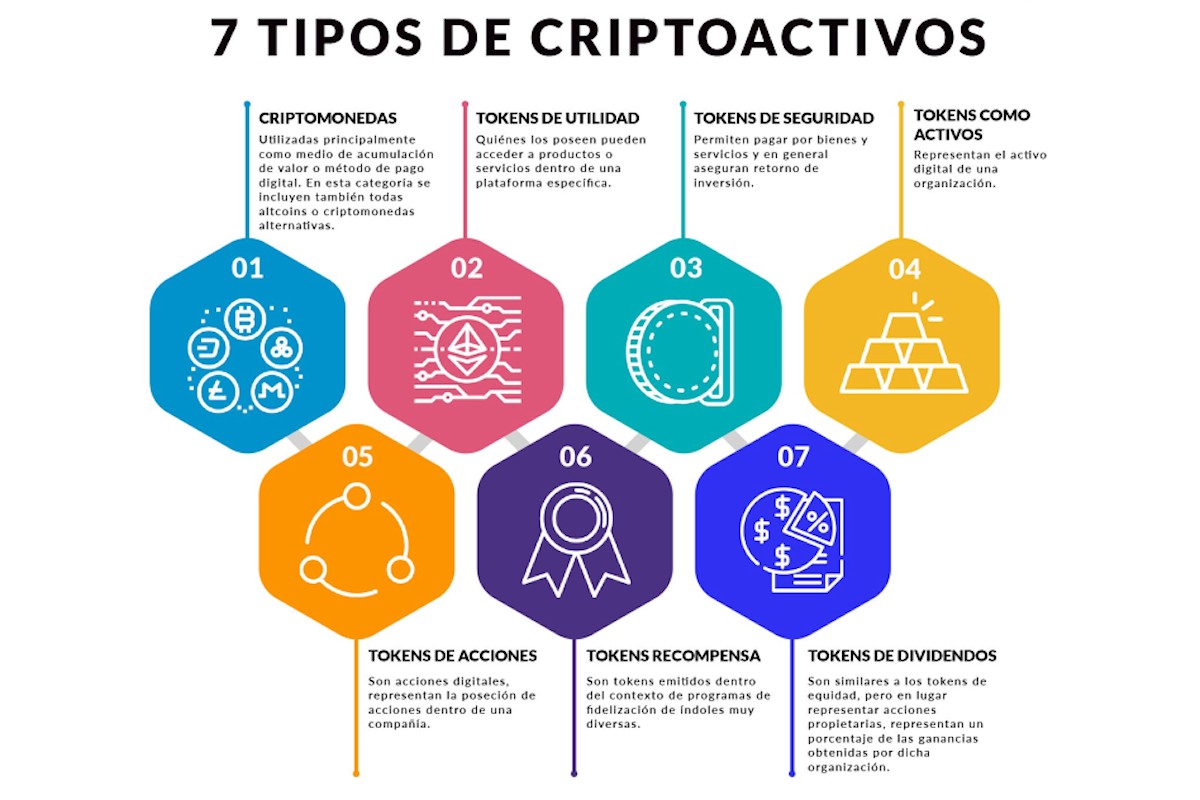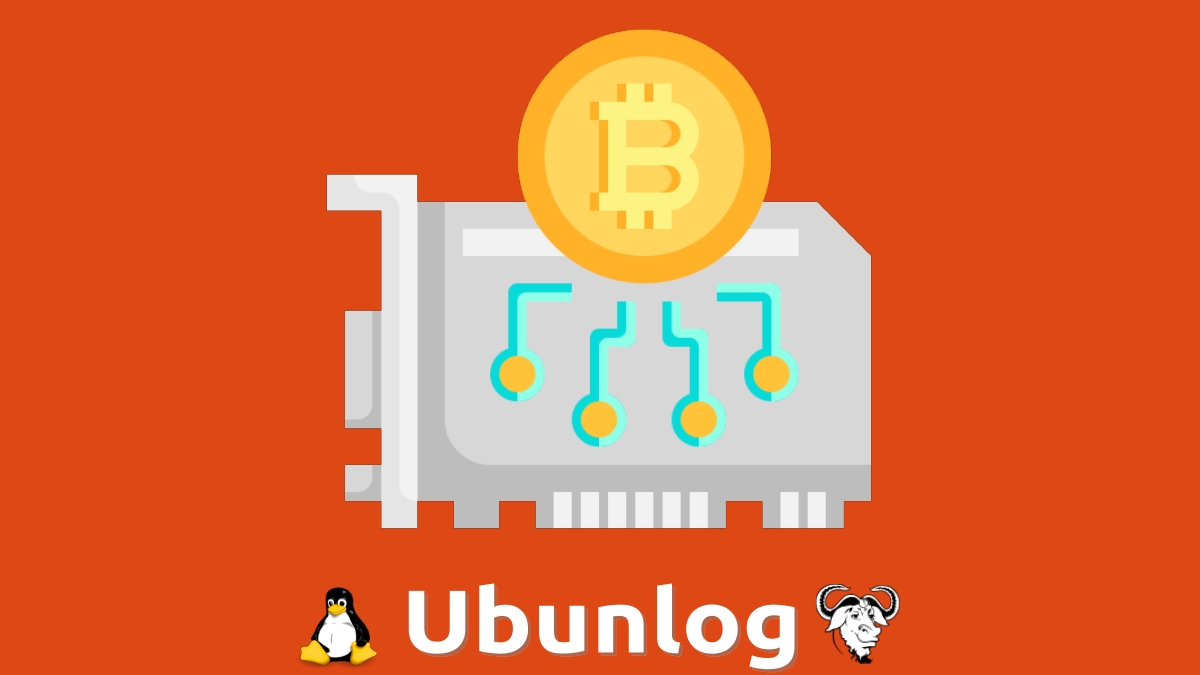
Digital Mining: Learning more about DeFi and Blockchain
2 months ago, we made a first publication on the subject of DeFi and Blockchain technologiesto start a small introductory series on this IT field that, although it currently no longer has the same boom as it did years ago, is still valid, waiting for better times to stand out again.
For this reason, today we will continue with this second publication of this series to briefly address some more concepts in this field, which will serve us in the near future as a documentary basis for successive articles on many free and open apps, focused on the field of «Digital Mining».
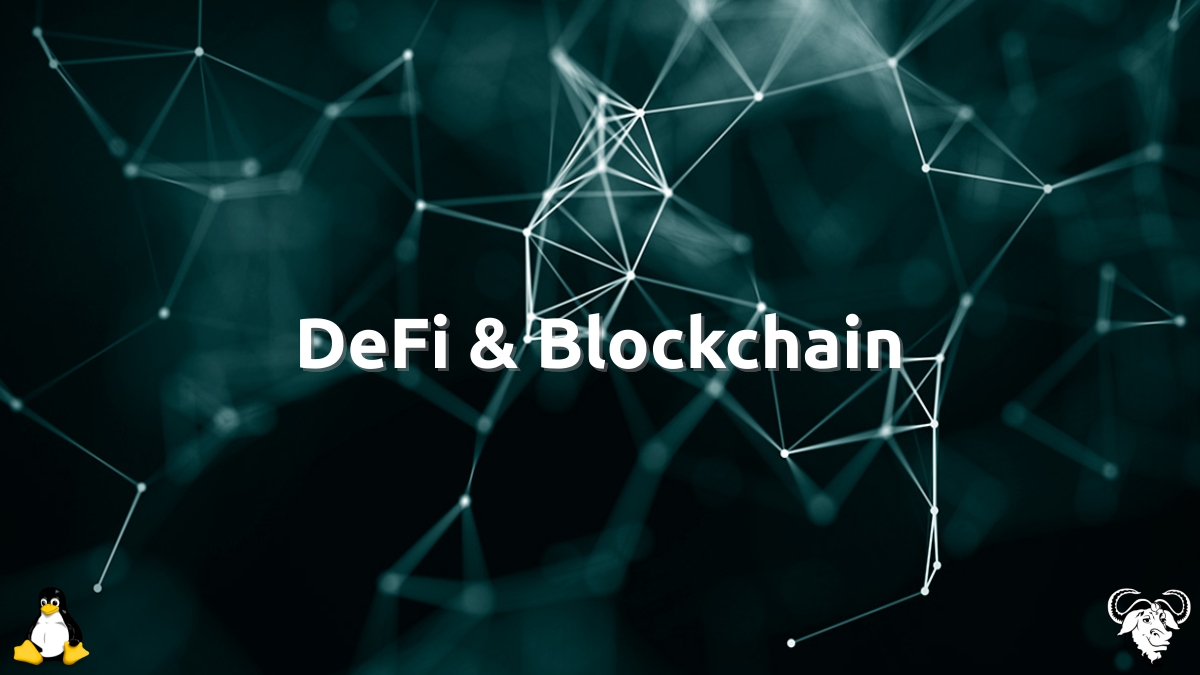
DeFi and Blockchain: Free and open technologies beyond Linux
But, before starting this post on the IT field of “Digital Mining”, we recommend that you then explore the previous related post:

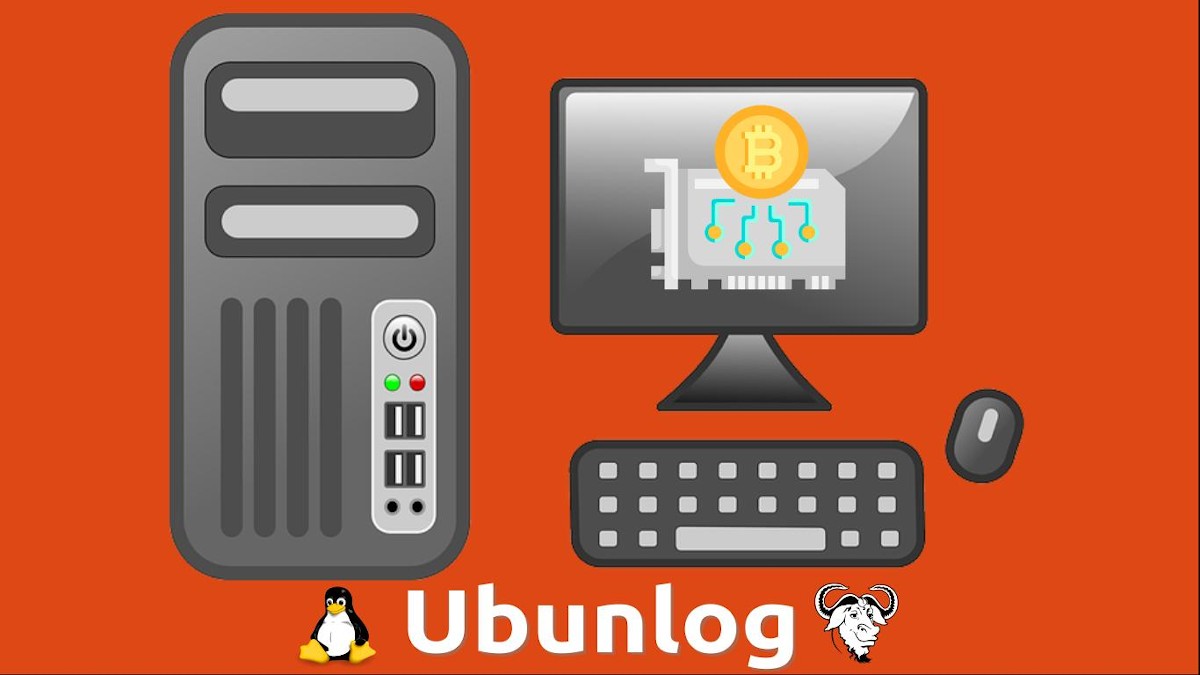
Digital Mining: On the generation of cryptoactives
What is Digital Mining of crypto assets?
Having made clear what DeFi and Blockchain technologies are, it is possible to briefly and very generally define the «Digital Mining» as the process or activity of solving a block of information, validating all the transactions it contains to get a reward in return.
While, more specifically, it can be described as the act by which a computer (host or node) resolves cryptographic operations within a Blockchain. With the objective of, create tokens, crypto assets or cryptocurrencies as final digital assets. In addition, all this technological activity is governed to the millimeter by algorithms and very precise pre-established technical specifications.
Other related concepts
Consensus Algorithms
They are a set of rules to determine which copy of the Blockchain is valid and which is not. In addition, there are many consensus algorithms, and some of the best known are: Proof of Work (Proof of Work / POW) and Proof of Participation (Proof of Stake / POS).
Encryption or Encryption Algorithms
They are functions that transform a message into an unreadable series, apparently random, with the aim of making possible the verification of transactions within a Blockchain. Some of them are: CryptoNote, CryptoNight, Equihash, Scrypt, SHA and X11.
tokens
They are cryptographic tokens that represent a unit of value within a Blockchain. And they are usually used to obtain goods and services within it, after being acquired. Also, they can be used to validate the granting of rights, pay for work done or to be done, and much more.
Cryptoactive
It is a special token, issued and traded within a blockchain platform. Consequently, a crypto asset can be a cryptocurrency, a smart contract, a governance system, among others.
Non-Fungible Token (NFT)
It is a cryptographic token that represents a unique asset. These can be fully digital assets or tokenized versions of real world assets. Consequently, they are not interchangeable with each other, and are used as proof of authenticity and ownership within the digital realm.
Smart contracts
They are instructions stored in a chain of blocks, whose main characteristic is the ability to auto-execute actions according to a series of already programmed parameters. They are considered immutable, transparent and completely secure.
Criptomoneda
It is a digital medium of exchange that uses strong cryptography to secure transactions made with it. Therefore, it is considered one of many types of Cryptoassets, specifically the type known as a Digital Asset.
Digital Asset
It is everything that exists in a binary format and comes with its respective right of use. Additionally, a Digital Asset can be from a digitized document or a multimedia file (text, audio, video, image) in circulation or stored, online or offline.
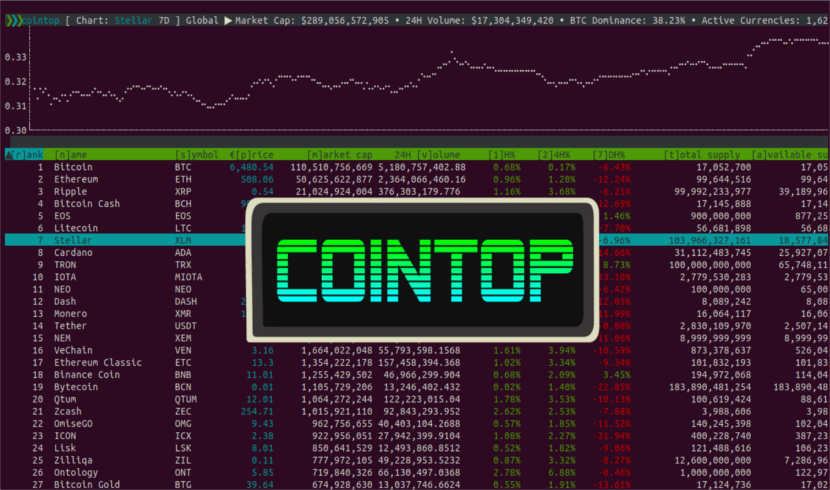

Summary
In summary, we hope this second post in this series will serve as a small initial Knowledge Base on “Digital Mining”, and DeFi and Blockchain technologies in general. Above all, for our future publications where we hope to address topics such as what software packages are necessary to adapt a GNU/Linux Distro for the field of Digital Mining, that GNU/Linux Distros for Digital Mining exist, and others about some free and open apps for Digital Mining.
Finally, remember to share this useful information with others, in addition to visiting the home of our «site» to learn more current content, and join our official channel of Telegram to explore more news, tutorials and Linux updates. West group, for more information on today's topic.
